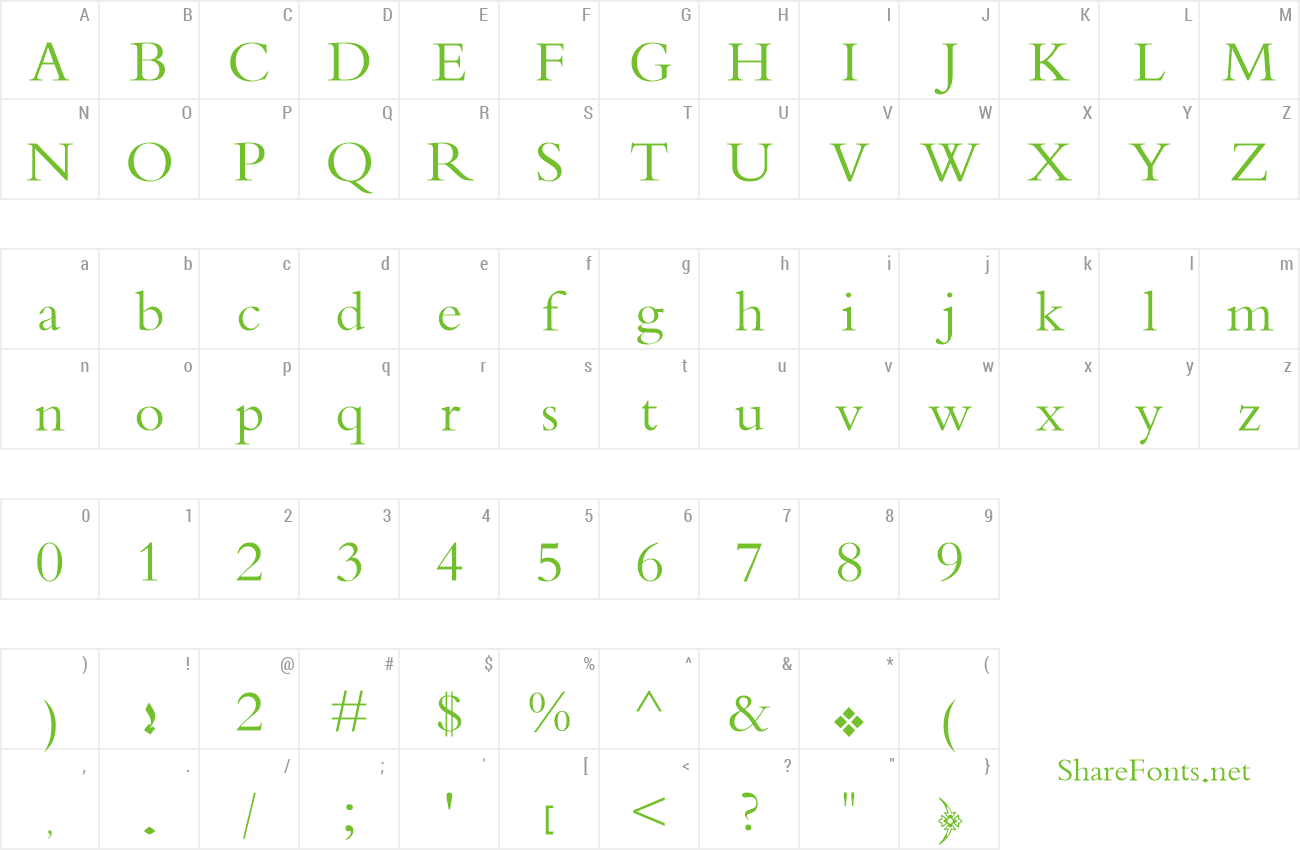



(The latter term is a remnant of the type drawers that printers used back in the analog age.)įeeling overwhelmed by the Google Font options? Here’s a list of 50 font pairs recommended by professional designers. And, of course, there are capitals ( caps) and lower case ( lc). Fonts can be squished ( condensed) or stretched ( extended) they can be upright ( roman) or slanted and script-like ( italic). With rare exceptions, fonts are either serif or sans serif, serifs being those little extensions at the tops and bottoms of letterforms.įonts often come in sets or families, with visual weights ranging from spindly ( light) to normal ( medium or regular) to fat ( bold and heavy). Typography for beginnersīefore looking at specific examples, and without diving too deeply into the obscure parlance of typography, let’s start with a few font basics. And, perhaps more importantly, all of us as storytellers should feel ethically obligated to make our narratives as accessible as possible, including to people with visual impairments. Poor font choices can compromise your story’s readability-even to people with 20-20 eyesight. Conversely, a heavy, stern-looking font within a light-hearted tale can send its own kind of mixed messages. A frivolous-looking typeface within a serious, issue-driven story can weaken your message and trivialize your narrative. Inappropriate fonts can confuse or contradict your story’s purpose. The importance of pairing the right type with the right narrative is exactly why we expanded the options in theme builder so dramatically.Īs usual, though, with freedom comes responsibility-you need to choose your typography wisely. But the subconscious and subliminal are important to storytelling, especially multimedia storytelling, where images, text, maps, color, type, and even sound can all work together to create an immersive little world. When we see different type styles, they might only elicit a subliminal reaction. (Poor type choices can actually offend me-the Souvenir font, don’t get me started!) But many of us are only vaguely aware of typography.

I’ve been a designer for close to a half-century, so my eye is perhaps typographically attuned to a greater extent than most.


 0 kommentar(er)
0 kommentar(er)
